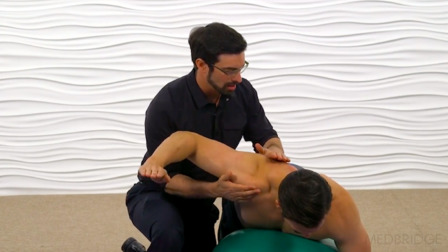Description
Chapters & Learning Objectives
In this chapter, Dr. Vagy teaches you joint angle normative values during the running cycle, factors that influence running mechanics, and a movement system model for analyzing and treating running injuries. You will be introduced to concepts of speed of force generation, closed kinetic chain testing, mirroring movement, and cross body assessment. Learn how to integrate these advanced orthopedic assessments with running biomechanics to determine hypothesized impairments. This will enable you to treat the identified impairment and return the patient to running without pain.

In this chapter, Dr. Vagy teaches how to utilize dynamometry to calculate maximal voluntary isometric contraction and use concepts of speed of force generation in the assessment and treatment of a runner. You will learn how to capture the acceleration component of force with impulse muscle testing and how to match your assessments and treatments to the cadence of the running cycle. Learn how to apply these concepts into a clinical case of a runner with medial knee pain during the absorption phase of the running cycle.

In this chapter, Dr. Vagy teaches how to utilize concepts of closed kinetic chain muscle testing and cross body assessments. You will learn how to perform muscle tests in the closed kinetic chain to simulate the muscular demands during the running cycle. You will further learn how mobility deficits on one side of the body can affect running mechanics on the contralateral side. Learn how to apply these concepts to clinical cases of runners with lower quarter pain during both the stance and swing phases of the running cycle.

In this chapter, Dr. Vagy introduces a case that highlights the importance of replicating running phase positions during assessment and treatment. The case involves a runner who has anterior hip pain during the swing phase. Learn how to develop orthopedic assessments that mirror both the propulsion and swing phases of running. Treat the identified impairment with exercise that replicates the affected running phase position.










